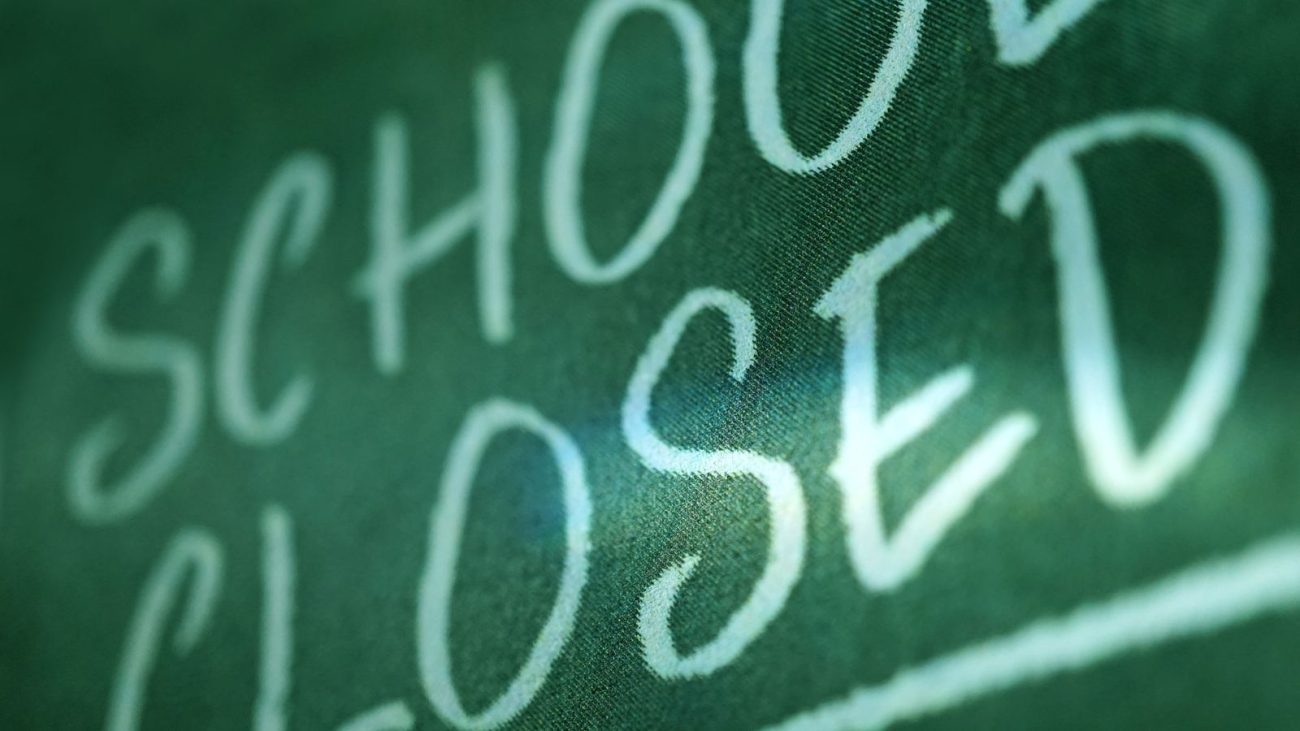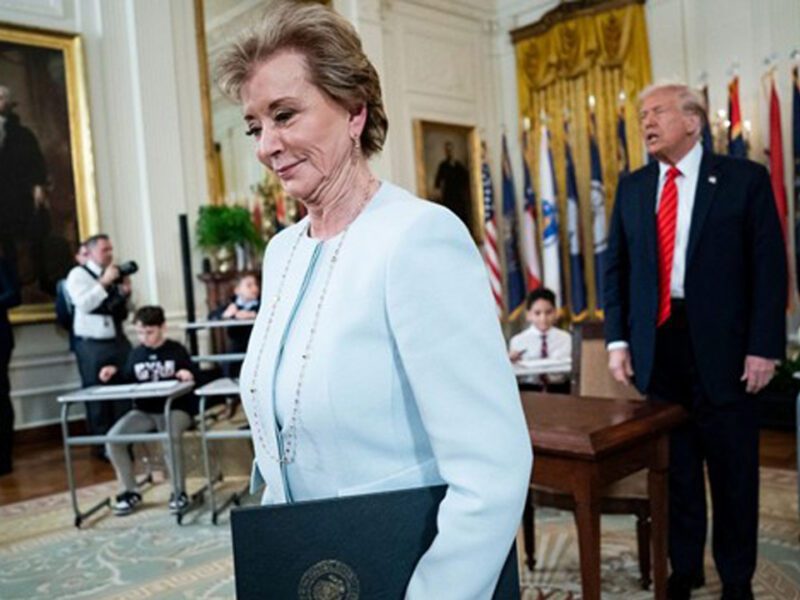
3 strategies districts should consider when weighing school closures
K-12 Dive | By Naaz Modan | February 1, 2023
As enrollment declines lead to closure discussions, education and finance experts suggest ways to get ahead of the curve and mitigate fallout.
Districts nationwide are facing school consolidation and closure decisions due to enrollment declines — a trend education and finance experts say was a long time coming but was temporarily staved off in some places thanks to federal pandemic aid.
Washington’s Bellevue School District, for example, plans to close and consolidate three elementary schools. Similarly, Kenosha Unified School District in Wisconsin voted to close an elementary school after budget cuts and enrollment declines.
“We have predicted it for quite a while,” said Marguerite Roza, director of Georgetown University’s Edunomics Lab, of school closures and consolidations on the horizon. “We’re seeing a lot of factors that bump up against each other.”
Education and finance experts attribute the enrollment drops that are inducing school closures to a number of long- and shorter-term patterns, including declining birth rates, shifts in enrollment triggered by COVID-19, and a slowdown in immigration.
“I think that there was probably a point where districts hoped that these trends would change,” said Tim Daly, chief executive officer of EdNavigator, a nonprofit organization that helps families navigate the K-12 education system. “And it’s becoming clear that they haven’t changed yet. And they probably won’t change in the near future.”
Closures vary based on factors
How closures unravel on a district level will depend on a number of contributing factors and the financial strategies districts choose to employ.
“It’s all gonna play out differently,” said Michael Petrilli, president of the Thomas B. Fordham Institute, an education policy think tank, and research fellow at Stanford University’s Hoover Institution, a research center and public policy think tank. “But I think there’s gonna be quite a few places that are going to see significant enrollment drops, and that’s going to lead to closing schools.”
Roza predicted urban areas will be hit harder by closures. “Evidence suggests that birth rates are down in cities, and people are moving out of cities,” Roza said.
Birth rates have also dropped in middle income and affluent neighborhoods, potentially impacting those communities.
On the other hand, lower-performing and high-poverty schools may face closures if students in those areas can choose to attend better schools, Roza said.
What to take into consideration when closing
One of the biggest decisions districts will face is which schools to close. And while some of that may be geographic and predetermined by where enrollment is dropping, it‘s possible to also consider school performance and student achievement.
“One thing that we’re watching districts do and struggle with is how much they factor in how effective the school is,” said Roza. “If you’re going to take students and reassign them to a new school, there is only hope of the effects being positive if the school they get assigned to is a better-performing school than the one they went to.”
Daly said that although past research suggests student performance drops when attending a new school, 2022 research on New Orleans suggested this was not the case for students who attended higher performing schools in the Louisiana city following school closures in 2017-18. The research, published by the Brookings Institution, found test scores for students who transitioned to highly rated schools showed slight improvement in test scores after leaving their closing school, but still remained far below state averages.
“If you do it well, you can make sure that kids are not harmed in the process,” Petrilli said.
How to prepare for a closure
As districts navigate closures, there are a handful of things they can do to get ahead of the game:
- Don’t avoid or delay the issue
Daly, Roza and Petrilli agreed that while communities and even district leaders strongly dislike school closures, they can be an inevitable and often financially sound plan.
“It’s not easy to be a district official who’s having to think about closures,” Daly said. “And because of that, many of them tend to live in denial about the process or the necessity of closures as long as they possibly can.”
However, taking closures off the table entirely — potentially to appease community stakeholders — and leaving under-resourced schools open can do more harm than good. “It’s just not economical to run half-empty or quarter-empty schools,” Petrilli said. “The schools don’t tend to be great learning environments.”
Investing in impractical solutions, like trying to increase enrollment that’s declining due to lower birth rates, is also a no-go. Putting off the decision means less time for preparation and communication.
- Pace spending in anticipation
Plan district spending according to anticipated closures. “You really need to be pacing yourself and looking multiple years down the road,” Roza said.
This both signals to the community that changes are coming and avoids more challenges in the future, like having to lay off recently hired staff.
- Proactively communicate with teachers and families
Districts should give families and teachers plenty of notice about closures so communities can prepare for the change.
“All of the time shouldn’t be absorbed by debates at the school board level about how many schools are going to be closed, or which ones,” Daly said. “We really should be giving some consideration to, ‘How much time do we need to give to families once that decision is made, and then how will families hear about this?’”
Leaders “need to spend just as much time thinking about what happens after schools close as the decision about whether to close them or not,” Petrilli said.
Considerations include how to keep teachers from quitting in the wake of a closure announcement, how to support families through the change, and how to explain why closures are necessary.
“Sometimes entrusting communication about the closure process to the school that’s been closed can be a problem,” Daly said. “You also don’t necessarily know how complete those messages are. So I think districts need to step into those situations and be proactive.”
Roza said districts should be able to do a good job of explaining what’s at stake — that if all of the schools remain open, then “all of them are going to end up with resources stretched really, really thin.”





